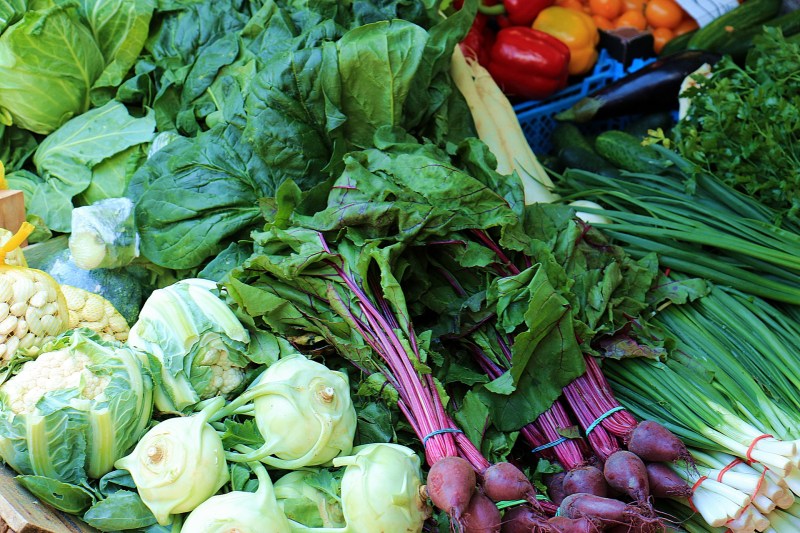
There are constantly new wellness trends to try on a seemingly weekly basis. Some are better for you than others. One of the more popular recent trends starts with your gut. Your gut houses a broad range of bacteria and fungi that help digest and absorb nutrients in the food you eat.
These bacteria and fungi are also responsible for maintaining the integrity of the intestinal barrier, producing vitamins, reducing inflammation in the body, fending off pathogenic microorganisms, and signaling the immune system to produce more white blood cells. These resident microorganisms together form what is known as the gut microbiome — a complex ecosystem that is susceptible to disruption and imbalance by things like antibiotics, a chronically poor diet, stress, and medications.
While certain habits can negatively affect the gut microbiome, they can also be improved and made to flourish with supportive behaviors and foods. Though probiotics get most of the attention and credit for being the go-to salve for the gut, prebiotics are arguably just as important. Prebiotics are compounds comprised of oligosaccharides, inulin, lactulose, and glycan, which are dietary fibers (carbohydrates) that are indigestible for humans but are the preferred source of fuel and nutrients for our good bacteria in the gut. In fact, prebiotics selectively feed the beneficial bacteria in the gut rather than any harmful pathogens.
A good visual is to picture the gut microbiome as a garden. Probiotics can be equated to seeds or seedlings, and the healthy bacteria are the plants. Prebiotics, on the other hand, can be pictured as fertilizer, offering helpful bacterial plants nutrients to support their growth. In this way, the prebiotics feed or fuel probiotics and the other beneficial microorganisms already inhabiting our gut.
Prebiotics are found as fermented fiber in many fruits and vegetables, as well as some seeds and grains. Adding them to your diet can help fortify the good bacteria in your gut, improve bowel regularity, and support healthy digestion. Here are some of the best prebiotic foods to stock up on next time you go grocery shopping.
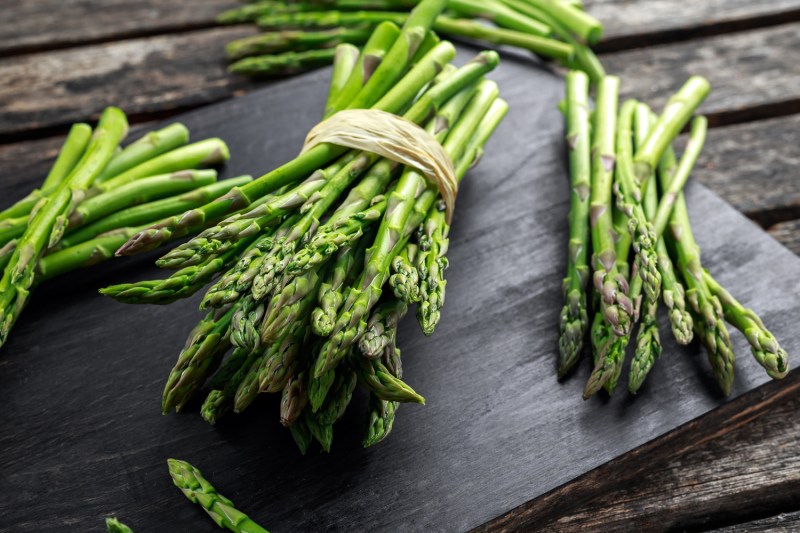
Asparagus
Asparagus contains between 2 and 3 grams of inulin per 100 grams or a 20-calorie serving. This makes one of the least calorically dense sources of inulin, a type of prebiotic fiber known to aid digestive health, regulate the optimal levels of glucose and insulin, and fuel Bifidobacterium and Lactobacillus species and other good bacteria in your gut. The inulin is more effective when asparagus is raw, so try incorporating thin slices into fresh salads or shaving spears on sandwiches or atop avocado toast.
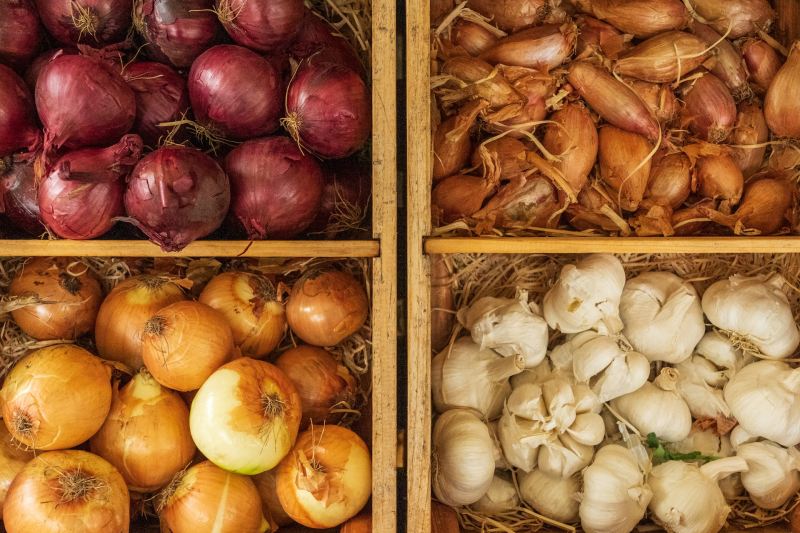
Onions and leeks
Onions and leeks are aromatics rich in gut-friendly inulin. They can be enjoyed raw or cooked, although the fiber breaks down when they are cooked for long periods of time or caramelized.
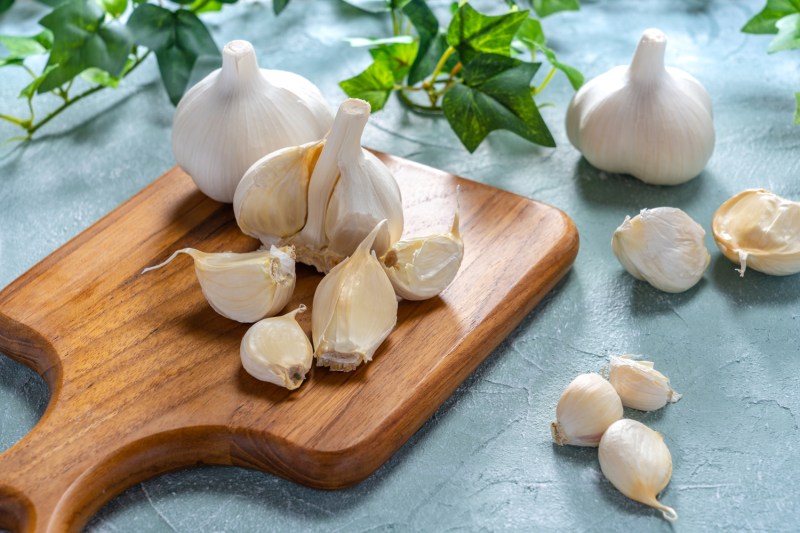
Garlic
With only four calories per clove, garlic is an easy way to impart flavor to your dishes without adding calories. Garlic is an allium, like onions and leeks, with many immunoprotective, anti-cancer, and anti-inflammatory benefits, and studies have shown that garlic may help reduce the risk of atherosclerosis and heart disease.
It’s also rich in fructooligosaccharides and inulin prebiotics to feed your good bacteria. Moreover, due to the antibacterial properties of garlic, it has also been shown to inhibit the growth of pathogenic Clostridium bacteria in the gut. Enjoy garlic minced in stir-fries, on flatbreads, and in hearty soups.
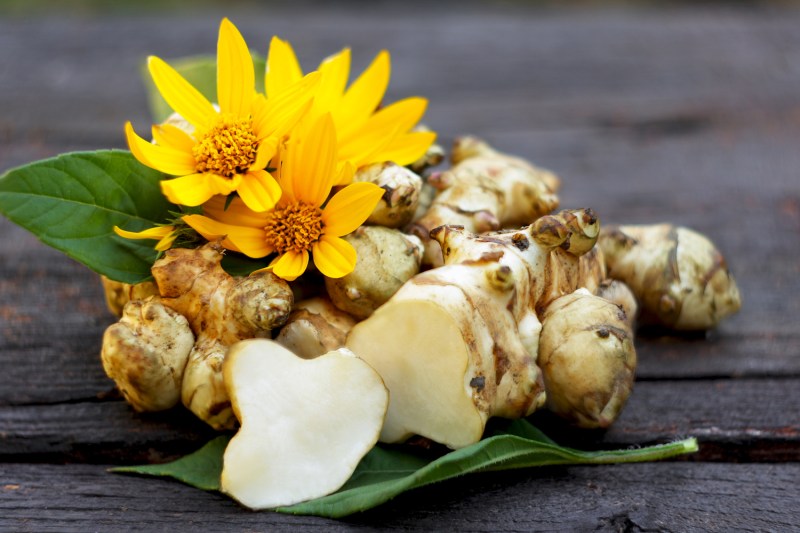
Jerusalem artichokes
Though they share a common name, Jerusalem artichokes are actually not the same as artichokes. Also called sunchokes, Jerusalem artichokes are one of the richest sources of prebiotics, with over 75% of their fiber coming from inulin. As a root vegetable, Jerusalem artichokes are delicious in stews and soups, imparting a slightly sweet, earthy flavor.
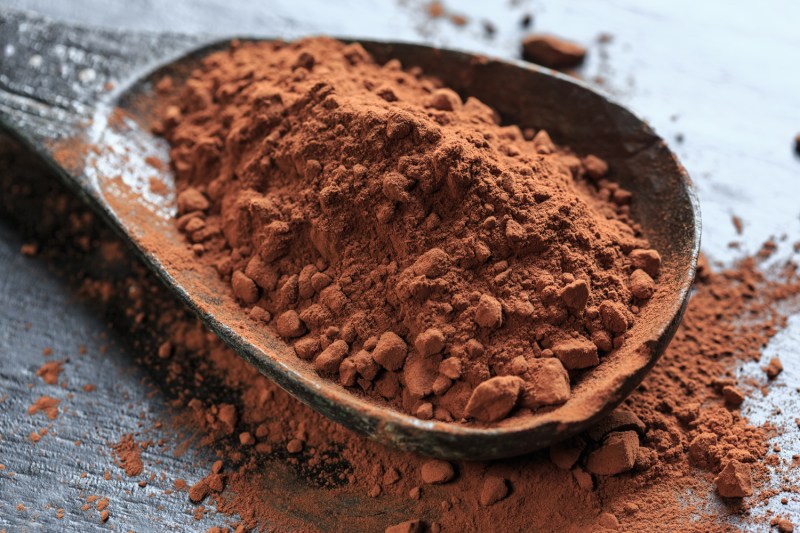
Cocoa
It takes little convincing to get most guys on board with adding a little chocolate to their diet, and as long as you’re reaching for cocoa powder or dark chocolate, you’re getting valuable prebiotics for your gut. To best capitalize on the nutritious benefits of cocoa, choose dark chocolate varieties that are at least 70% cocoa — the darker, the better, and if you can stick with genuine cocoa powder, you’ll maximize the prebiotic potency.
Cocoa powder can be mixed into smoothies and breakfast bowls and steeped as a warm drink. Cocoa also contains flavonols, such as catechin, which inhibit inflammation and may help reduce the risk of cardiovascular disease, heart attacks, and strokes.
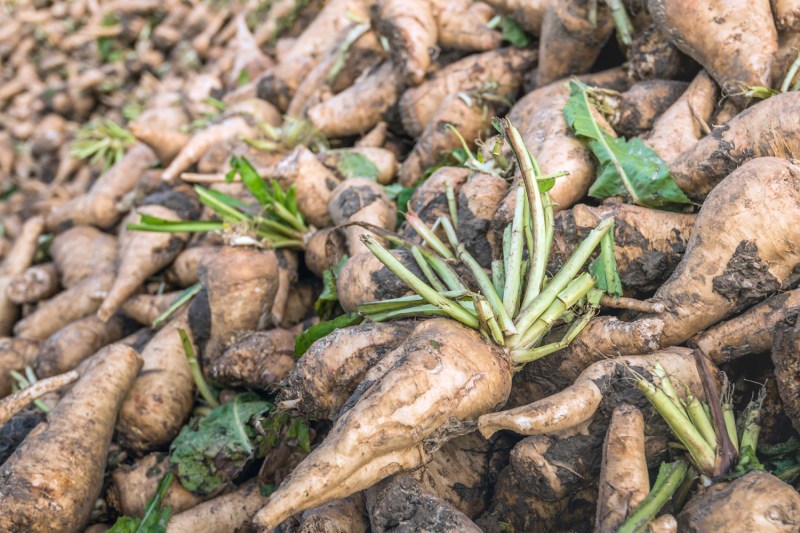
Chicory root
Chicory root is popular in many parts of the world, though it has yet to fully infiltrate the mainstream diet in the United States. However, if you’re looking to improve your digestive health, it’s a staple you should scoop up on your next shopping trip.
Chicory root is one of the best sources of inulin fiber, a benefit that has landed it on the ingredients list of many popular fiber-enriched cereals, snacks, bread, granola bars, and packaged health foods. Another way to enjoy chicory is as a decaffeinated coffee substitute. By steeping the root in boiling water, you can brew a prebiotic-rich tea with a similar flavor profile to coffee.
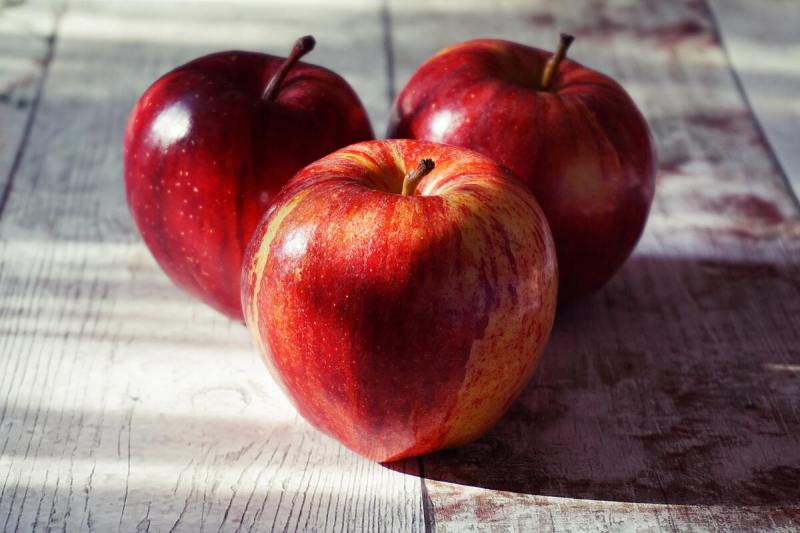
Apples
Apples are a beloved fruit due to their crisp texture, sweet and tart flavor, and versatility. Perhaps the old adage, “An apple a day keeps the doctor away,” was prescient when it comes to digestive health as well since apples are a great source of prebiotic pectin. In fact, about half of the fiber in apples is pectin, a prebiotic fiber that feeds the gut butyrate-producing gut bacteria.
Butyrate, or butyric acid, is a short-chain fatty acid produced by helpful bacteria when they ferment carbohydrates. It reduces inflammation, helps support the gut barrier, and feeds the cells that line the colon.
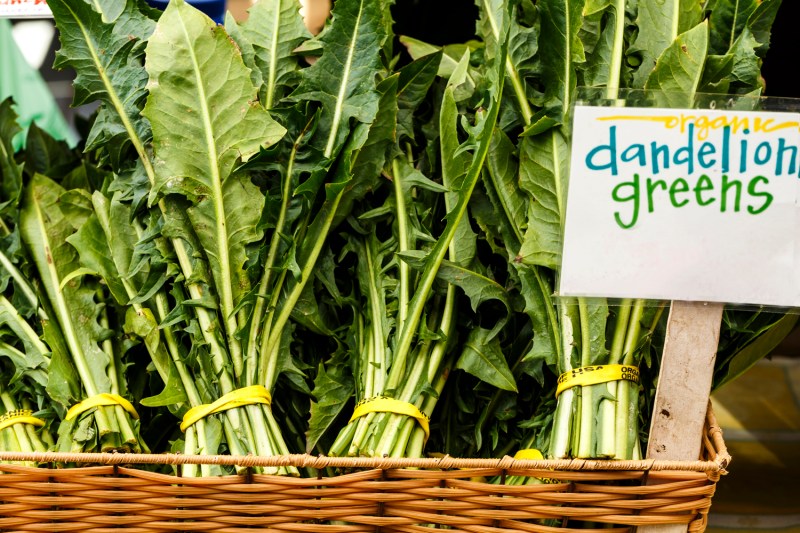
Dandelion greens
Dandelion greens certainly aren’t the headliners in the nutrition world that other leafy greens like kale and spinach are, but when it comes to digestive health, perhaps they should be. The lowly garden weed is actually a fantastic source of fiber, antioxidants, vitamins, and minerals, and it acts as a diuretic, so it can reduce blood pressure. Dandelion greens are a bitter spring green that can be enjoyed in salads.
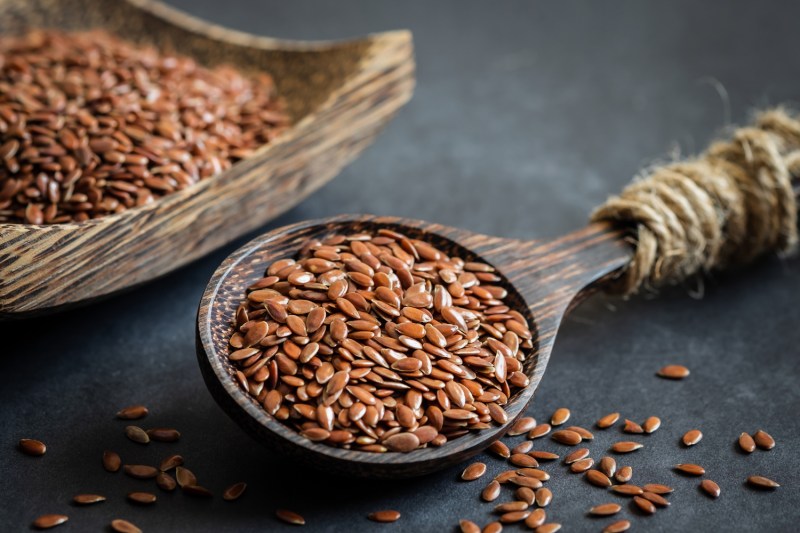
Flaxseeds
Flaxseeds are lauded for their impressive nutrition profile, particularly their omega-3 fatty acid content. In fact, they are one of the best vegan sources of these anti-inflammatory, heart-healthy compounds. They are also packed with fiber, especially prebiotic inulin, making them a powerhouse for your digestive health as well. Sprinkle them on salads, in oatmeal, in smoothies, or on homemade protein balls to boost your intake of fiber, vitamins, minerals, protein, and fat.
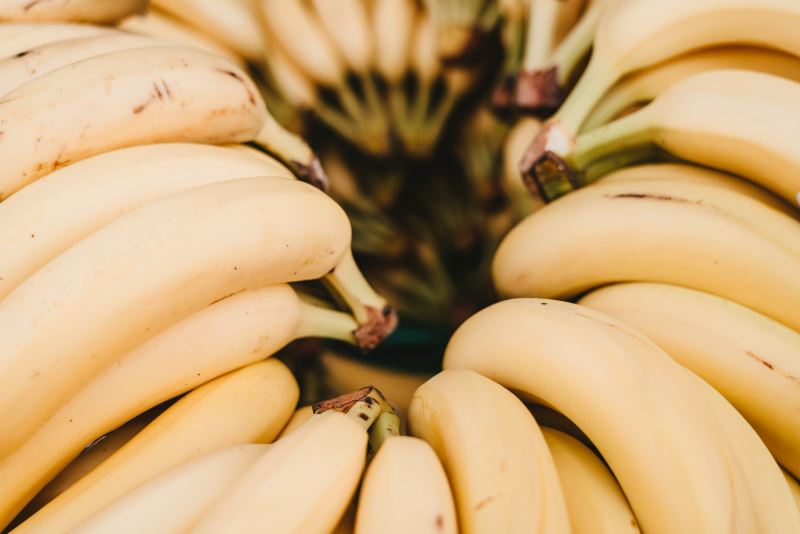
Bananas
Bananas are another good source of prebiotic inulin, although you have to pucker your way through an unripe, green one to fully reap the benefits. By the time the banana has softened and ripened to its happy yellow color, most of the prebiotic fiber has broken down. If you’re looking for a more palatable way to enjoy unripe bananas, try slicing them thin in overnight oats, sprinkling them with cinnamon, or adding them to cottage cheese.
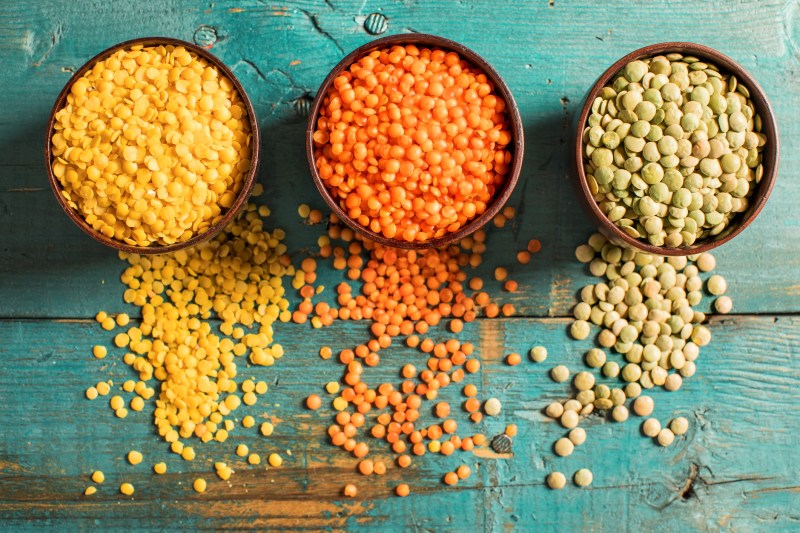
Lentils
Lentils contain a significant amount of prebiotic fiber, specifically raffinose-family oligosaccharides and galactooligosaccharides. These types of fiber resist digestion in the small intestine and reach the colon, where they become food for your gut bacteria. A 2021 study found that consuming lentils significantly increased the abundance of beneficial gut bacteria while reducing the levels of harmful bacteria in healthy adults.
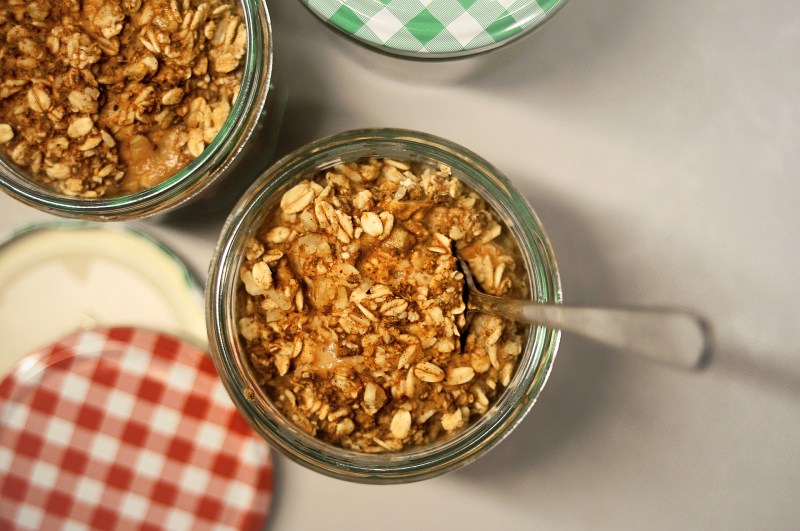
Oats and barley
Whole grains have been shown to increase the abundance of healthy gut bacteria like Lactobacillus species. Oats and barley contain the highest amount of the prebiotic fiber, beta-glucan, which has been found to reduce cholesterol and triglyceride levels and feed the gut bacteria. Both whole oats and barley can be turned into porridge or stewed overnight for a muesli-type breakfast packed with filling nutrients.
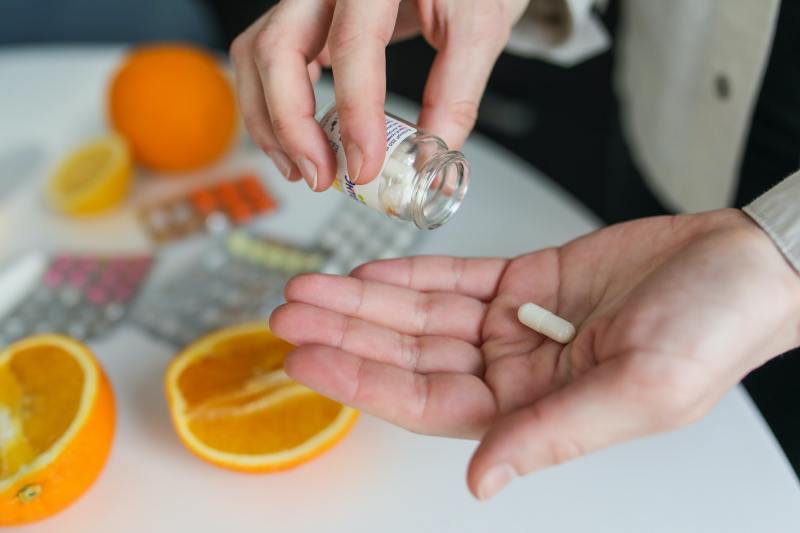
Should you take a prebiotic supplement?
Many of the items on the prebiotic foods list above are accessible to the average person. However, if you don’t have access to these foods, or you simply don’t want to have to constantly be sure you are eating enough to support your gut microbiome, you can make things easier on yourself by taking prebiotic supplements. Make sure to store your prebiotic supplements correctly, as many require refrigeration.
There are numerous supplements to choose from, so be sure to do your research to find one that is both affordable and high-quality.



